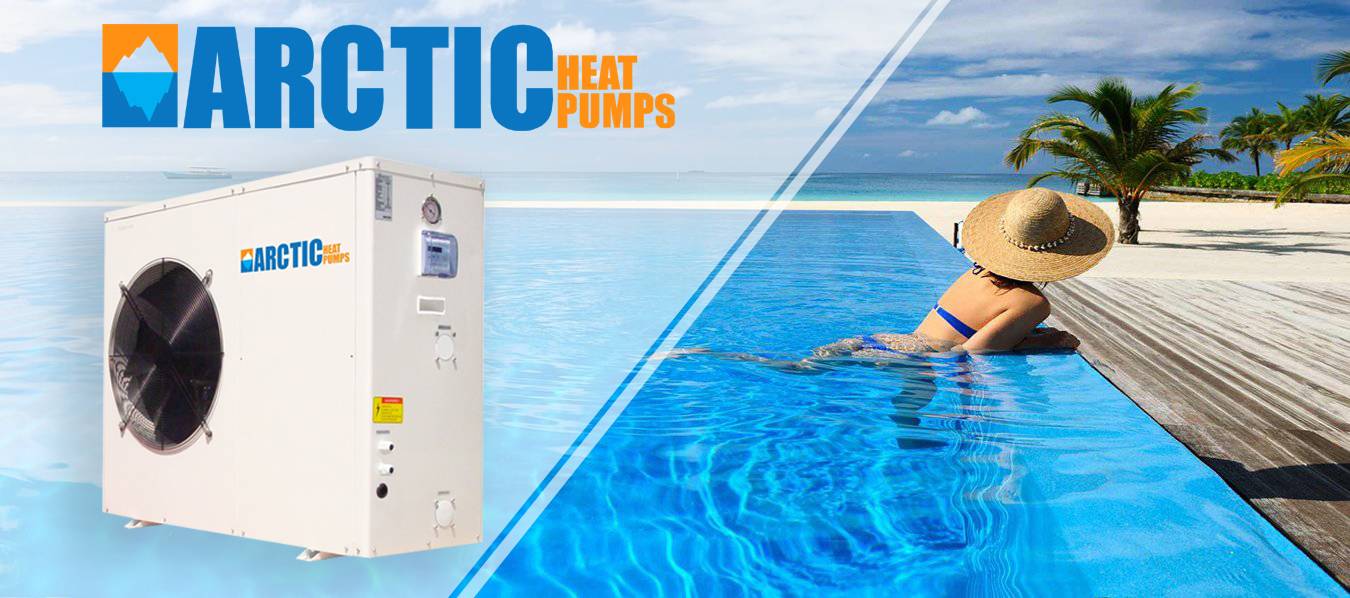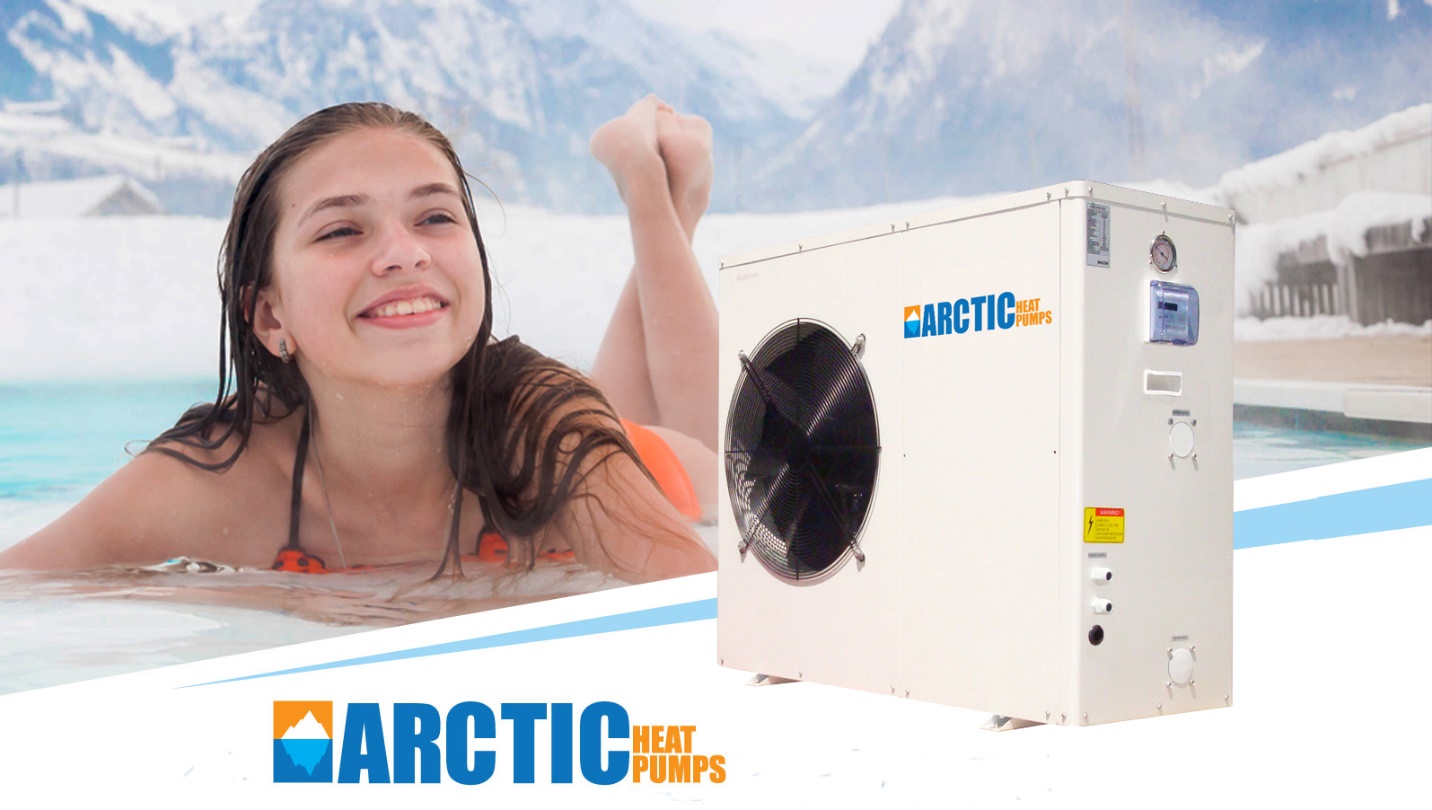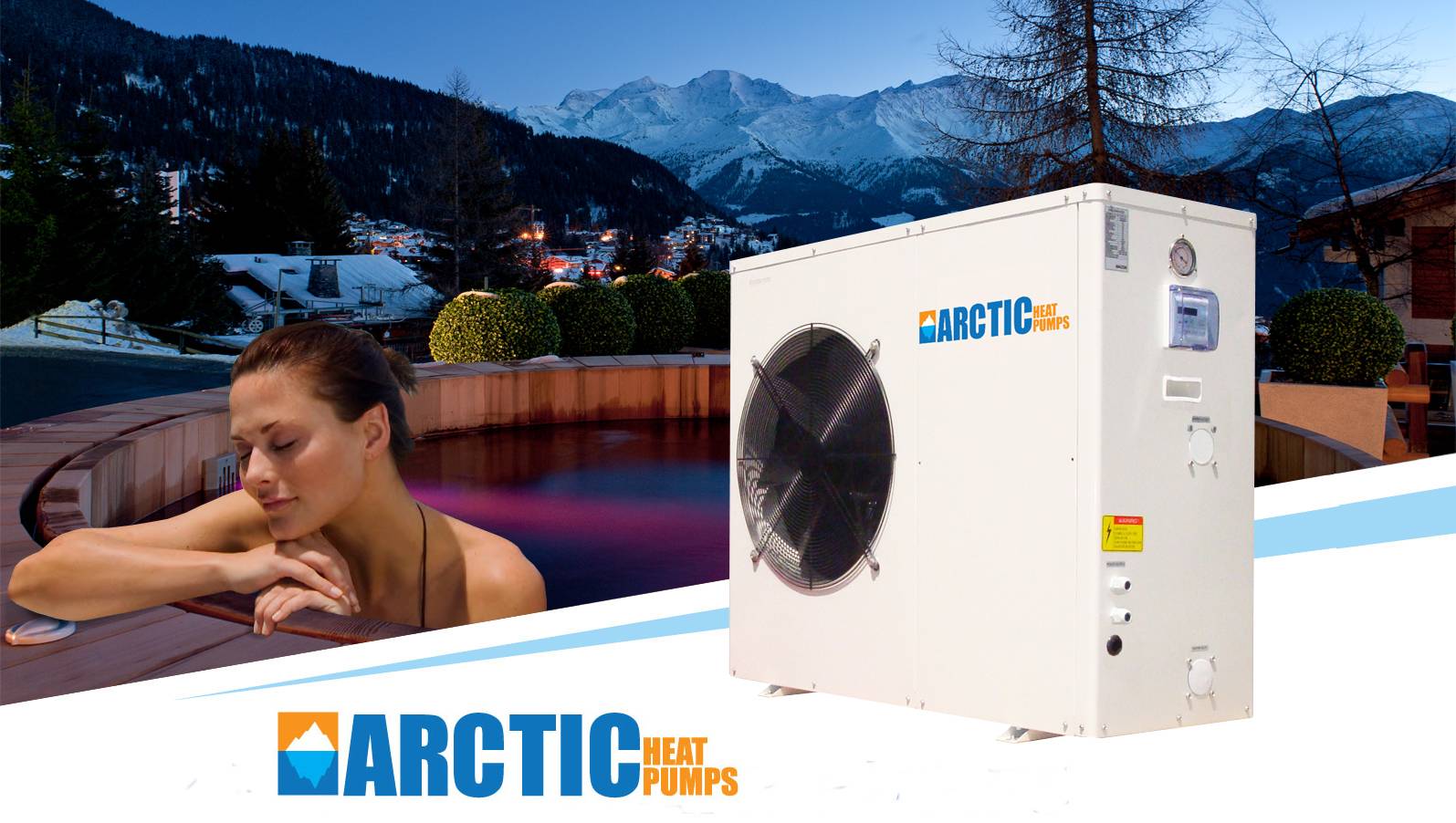Are you looking to purchase heat pump to work in cold weather? If yes, then why don’t you invest in a low temperature heat pump i.e. Arctic Cold Climate Heat Pump. This type of heat pump works on refrigeration cycle. Take a look at this post and learn how refrigeration cycle in a heat pump works.

Cold air contains energy.
Arctic cold climate heat pumps are specifically designed to work in below freezing temperature i.e. as low as – 25C or -15 F. Some people think that the air below freezing has around the same amount of relative energy likewise above freezing. It’s better to understand the concept that cold air contains energy. The temperature is absolute zero i.e. 273 C in space where there is no energy left in the air.
Warm air always moves to cold.
This is the important concept used in a heat pump. However, warm air contains more energy and molecules colliding than cold air. The natural phenomenon of migrating warm air to the cold air goes on until the establishment of equilibrium condition.
Hence, the Arctic series heat pumps use a colder liquid like Freon that won’t freeze until -50 C so that the systems can make the warmer – 25C air to transfer its energy to colder Freon present inside the heat pump.

Pressure helps you know the boiling point.
Obviously, different substances have different boiling points and they can be changed by adding or removing pressure. You must be aware that water’s boiling point is 100 C at 14.69 Psi (sea level). Therefore, Arctic heat pumps minimize the pressure to boil the water much faster.
The refrigeration cycle inside the heat pump uses Freon that transitions from a liquid to gas at much lower temperature than water. The system adjusts the pressure of Freon to manipulate when this changing phase occurs.
The Arctic cold climate heat pump uses a refrigerant known as R410a which is used to store energy in cold climates. The refrigerant temperature can be made to -50 C by minimizing pressure inside the heat pump. The cold -50 C Freon goes through the heat exchanger and the warmer energy of the surrounding air – 25 C moves to the colder Freon across the heat exchanger. This results in Freon to absorb energy.

When the system heats up, the Freon starts evaporating and turns into a gas. The Freon gas then goes to a compressor for compressions which causes increase in temperature as its volume minimizes. After that, the hot gas is transferred over the heat exchanger in which the colder water or glycol is present in the other side and the energy transfers from hot to cold. The energy starts heating the water or glycol loop inside home.
The refrigerant loses its heat energy which causes it to cool back to a liquid state to start the cycle. This is the basic of the refrigeration cycle. If you understand the basic refrigeration principle, you can get to know how a heat pump works in -25 C (-15 F). A heat pump helps in transferring energy from a source to another. This principle is used in geothermal heating system that pulls out warmer energy from the ground and provides it to the house through a series of heat exchange processes.
If you want to know more about Arctic heat pump that works in cold weather, you should contact Arctic Heat Pumps at 1-866-800-8123.
Find Us Online on Any of the Below Citations


- -25C heat pump
- air source heat pump
- chiller for pools
- Chillers for Swimming Pools
- cold weather heat pumps
- Heat Load Design
- Heat Load Design
- Heat Loss Design Services
- Heat Pump
- Heat Pump Cold Weather
- Heat Pump for Hot Water
- Heat Pumps
- heat pumps in Nova Scotia
- Hydronic Air Handler
- Inverter Heat Pump
- Inverter Heat Pump
- radiant floor cooling
- radiant floor Design
- radiant floor Design
- radiant floor Design
- Spa Heat Pump
- Swimming Pools